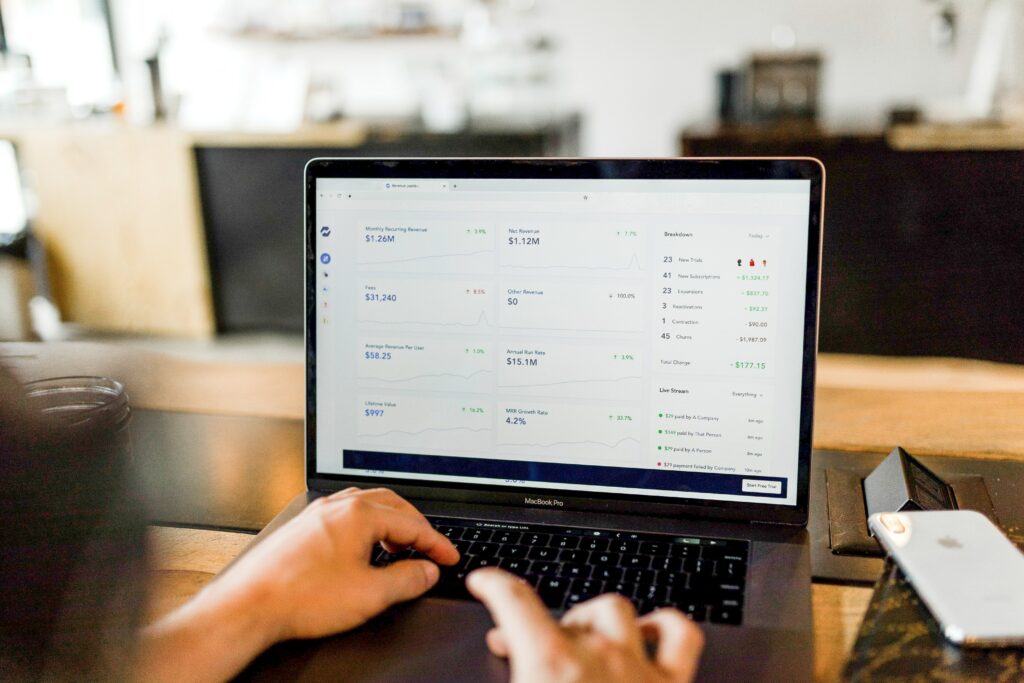Dynamic PPC ads are ads that automatically change based on the user’s search intent and behavior. Unlike static ads, dynamic ads allow for greater personalization and relevancy, leading to higher click-through rates (CTR) and conversion rates (CR). In this guide, we will show you how to unlock the potential of dynamic PPC ads for your campaigns.
Setting Up Dynamic PPC Ads
- Choosing the right platform for dynamic ads: There are several platforms that support dynamic PPC ads, including Google Ads, Bing Ads, and Facebook Ads. Choose the platform that best suits your business goals and target audience.
- Creating and customizing dynamic ad templates: Dynamic ad templates allow you to automatically generate ads based on user search queries and behavior. Customize these templates with ad copy, images, and calls-to-action that align with your brand message and goals.
- Implementing tracking codes for dynamic ads: Tracking codes allow you to measure the performance of your dynamic ads, including CTR, CR, and return on ad spend (ROAS). Make sure to implement tracking codes correctly to accurately measure your campaign’s success.
Leveraging Ad Personalization
- Understanding the target audience for personalization: To effectively personalize your ads, you need to understand your target audience’s demographics, interests, and search behavior. Use this information to create ads that are relevant and engaging
- Using dynamic ad parameters for personalization: Dynamic ad parameters, such as keyword insertion, allow you to automatically insert the user’s search query into the ad copy. This creates a more personalized experience for the user and increases the relevance of your ads.
- Customizing ad copy and visuals for personalization: In addition to dynamic ad parameters, you can also customize your ad copy and visuals to better resonate with your target audience. Use language and imagery that appeals to your audience’s interests and preferences.
Automation for Dynamic PPC Ads
- Benefits of automation for dynamic ads: Automation can save time and resources by allowing you to create and manage ads at scale. It also allows for greater accuracy and consistency in ad creation and delivery.
- Using tools for automated ad creation and management: There are several tools available that can help automate the process of creating and managing dynamic ads, such as AdWords Scripts and third-party ad management platforms. Choose the tools that best fit your business needs and goals.
- Monitoring and optimizing automated campaigns: Even with automation, it’s important to regularly monitor and optimize your campaigns for maximum effectiveness. Use performance data to identify areas for improvement and adjust your campaigns accordingly.
A/B Testing for Dynamic PPC Ads
- Importance of A/B testing for dynamic ads: A/B testing allows you to compare the performance of two different ad variations to determine which performs better. This can help improve the effectiveness of your dynamic ads and increase your ROI.
- Best practices for A/B testing dynamic ads: When conducting A/B tests for dynamic ads, make sure to test only one variable at a time, use a statistically significant sample size, and track performance metrics carefully.
- Analyzing and using A/B test results for optimization: After conducting an A/B test, analyze the results to determine which ad variation performed better. Use this information to optimize your ad campaigns and improve their effectiveness.
PPC Optimization with Dynamic Ads
- Using data to optimize dynamic ad campaigns: Data is key to optimizing your dynamic ad campaigns. Use performance metrics such as CTR, CR, and ROAS to identify areas for improvement and adjust your campaigns accordingly.
- Setting up and monitoring conversion tracking: Conversion tracking allows you to measure the success of your dynamic ad campaigns by tracking user actions such as purchases or sign-ups. Make sure to set up conversion tracking correctly and monitor it regularly to ensure accurate measurement.
- Understanding and adjusting bid strategies: Bid strategies can have a significant impact on the effectiveness of your dynamic ads. Make sure to understand the different bid strategies available and adjust them according to your campaign goals and performance data.
Conclusion
In conclusion, dynamic PPC ads are a powerful tool for digital marketers looking to increase their ROI and conversions. By leveraging ad personalization, automation, A/B testing, and PPC optimization, you can unlock the full potential of dynamic PPC ads and take your campaigns to the next level.


